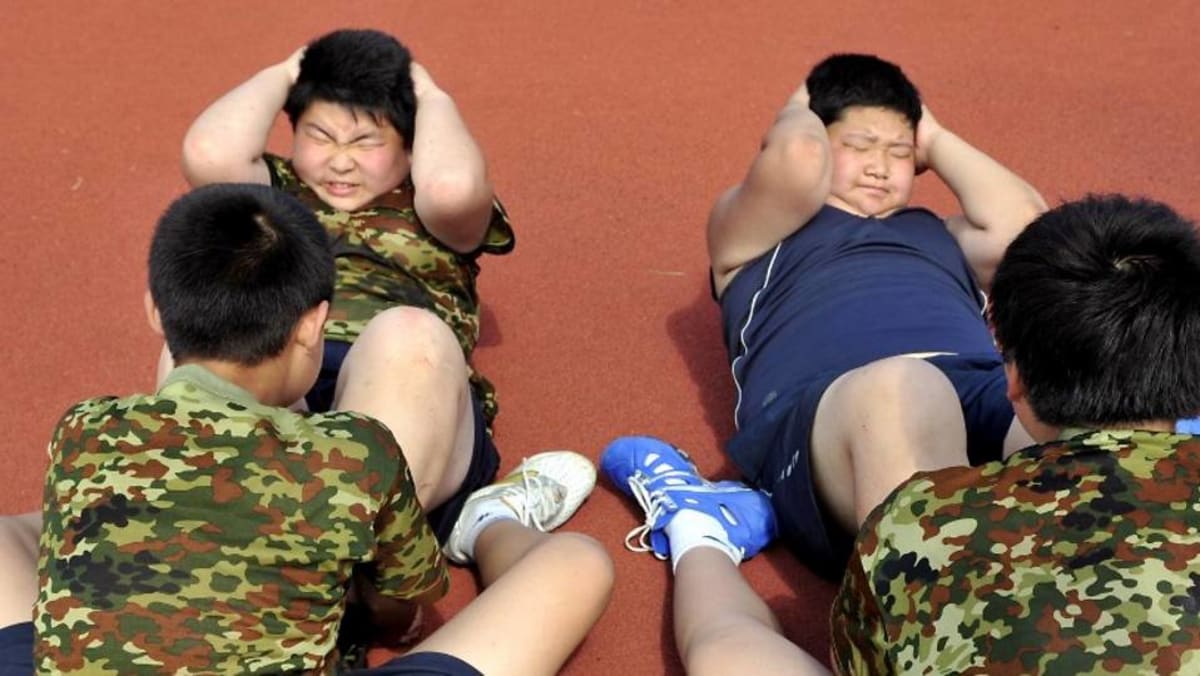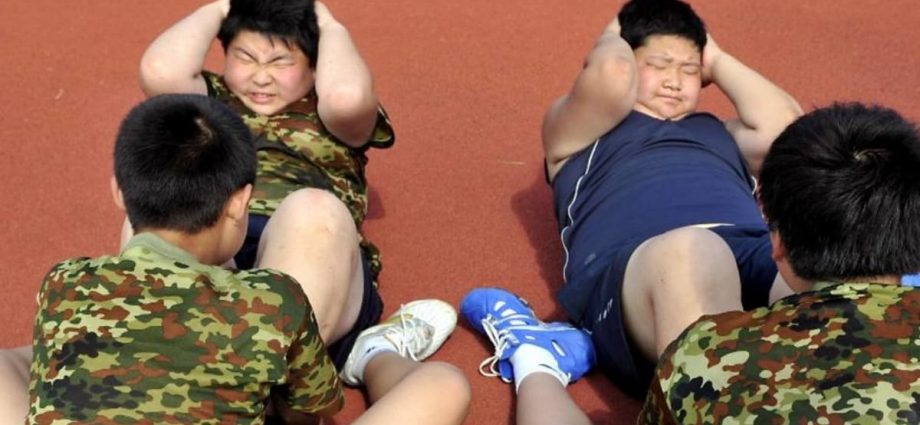
STRUCTURAL FACTORS
As consumers and workers adapt to the structural changes in an economy urbanising rapidly in the coming decade, many overweight Chinese could cross the obesity threshold, doctors say.
“The economic downturn in China could lead to an increase in the consumption of low-quality foods, such as fast food, due to income declines,” said Jun Sung-kim, an economist at Sungkyunkwan University in South Korea.
“This, in turn, may contribute to obesity.”
China’s fresh push to increase urbanisation rates is a particular concern in light of its “996” culture of working 12-hour shifts, six days a week.
Pui Kie Su, a general practitioner at Raffles Hospital Beijing, said some patients report eating to “de-stress” from work.
The proportion of obese boys in China jumped to 15.2 per cent in 2022 from 1.3 per cent in 1990, trailing the US’ 22 per cent.
However, it was higher than Japan’s 6 per cent, Britain’s and Canada’s 12 per cent and India’s 4 per cent.
Obesity in girls rose to 7.7 per cent in 2022 from 0.6 per cent in 1990.
Many students buy snacks around the school gate or on their way home that are usually high in salt, sugar and oil, said Li Duo, chief professor of nutrition at Qingdao University.
Li added that the government should “further communicate” with food companies, schools, communities and retailers about the risks of obesity caused by junk food or sweetened beverages.
“China should ban the sale of junk food and sugary drinks in schools, and there should be no shops selling junk food within a certain distance around schools.”

